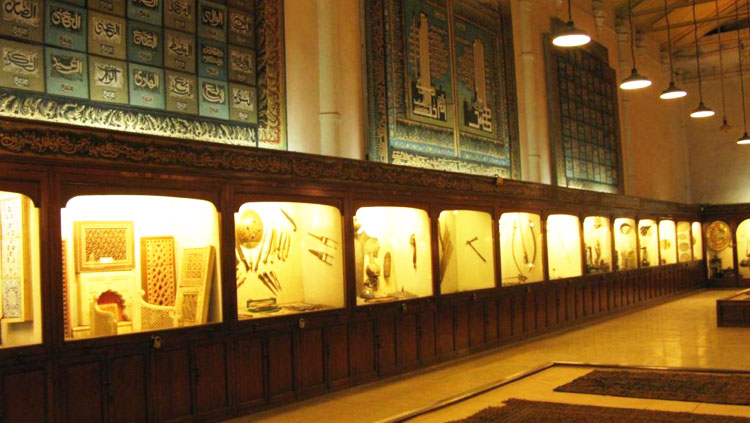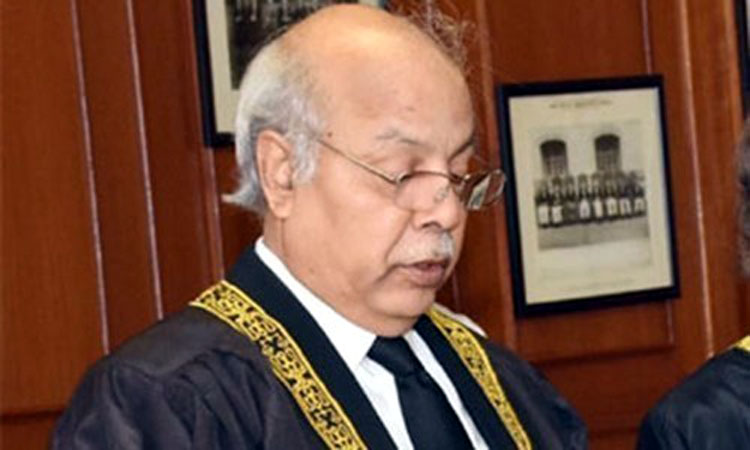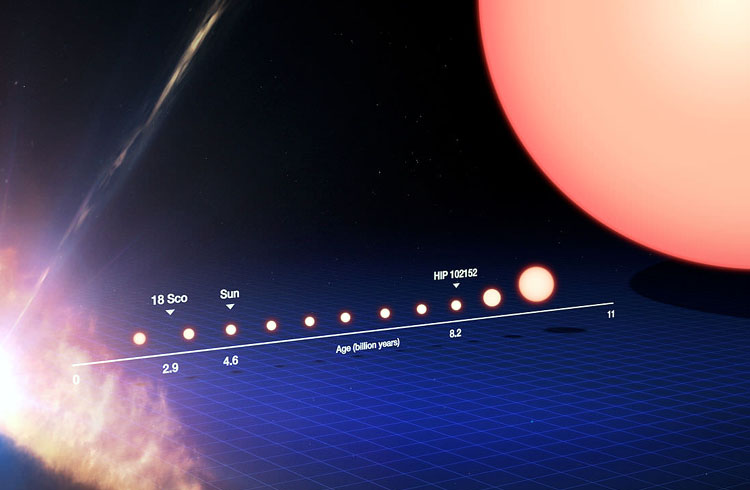First in Pakistan | Pakistan General Knowledge Series
First President of America who made an official visit to Pakistan
Dwight D. Eisenhower
The first elections held in the country after independence
provincial Assembly of Punjab between 10–20 March 1951 for 197 seats
First President of All India Muslim league
Air Agha Khan
First President of Pakistan Muslim league
Chaudhry Khaliquzzaman
First Pakistani Prime Minister who visited China first
Hussain Shaheed Suhrawardy
World’s First University
Taxila University at Taxila, Pakistan (established in 700 B.C)
First secretary general of Pakistan
Ch. Muhammad Ali
First Chief Justice of the Federal Shariat Court of Pakistan
Justice Salahuddin Ahmad
First capital of Pakistan
Karachi
First Federal Minister for Defence of Pakistan
Liaquat Ali Khan









